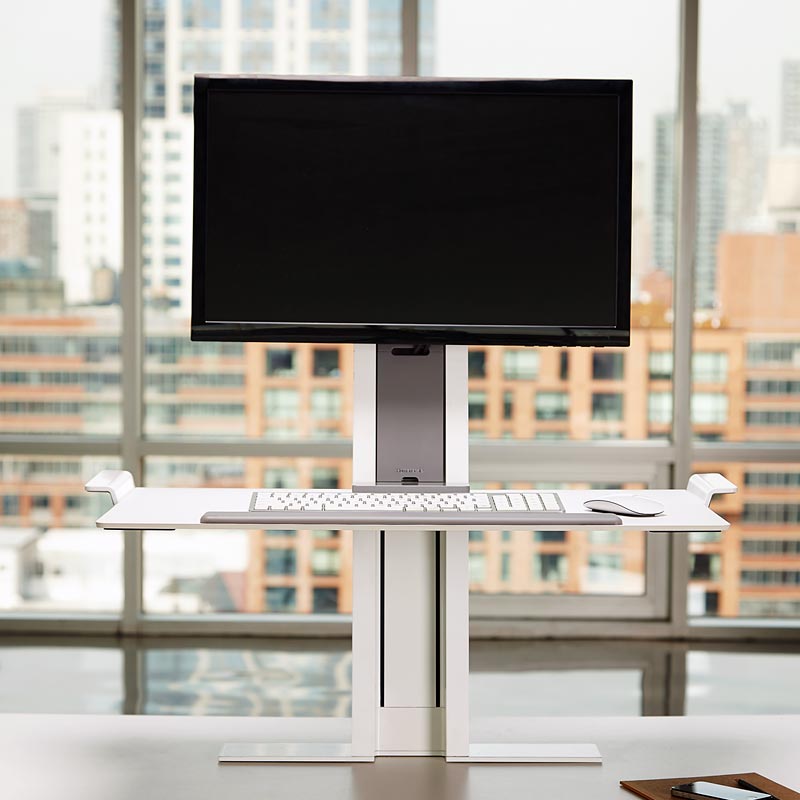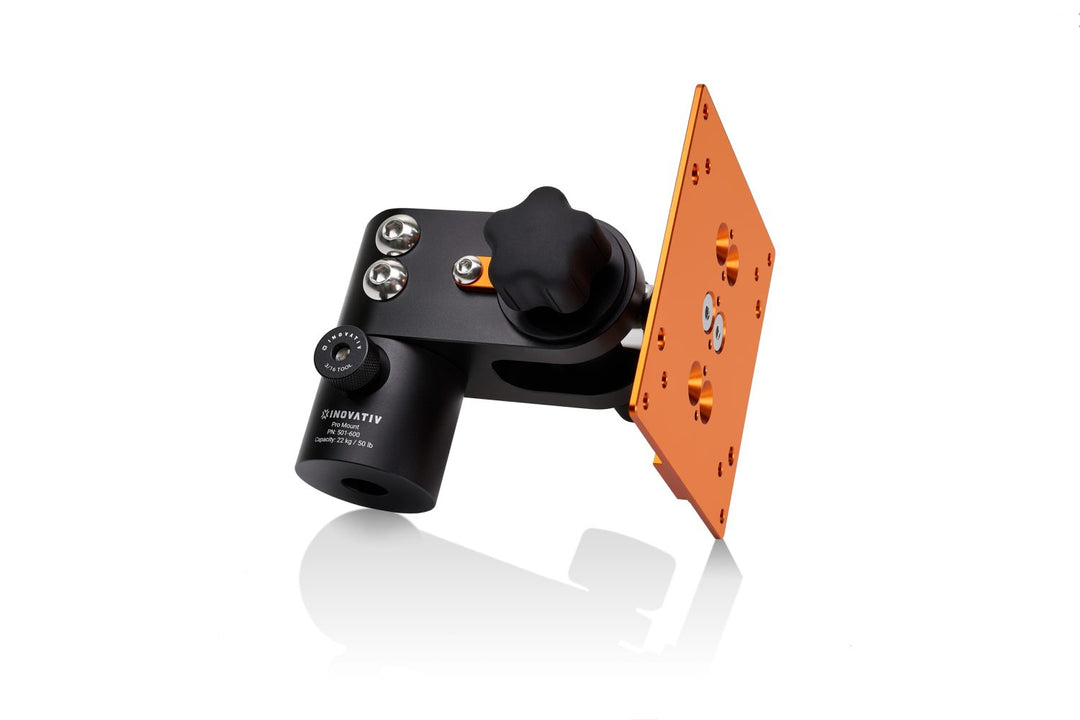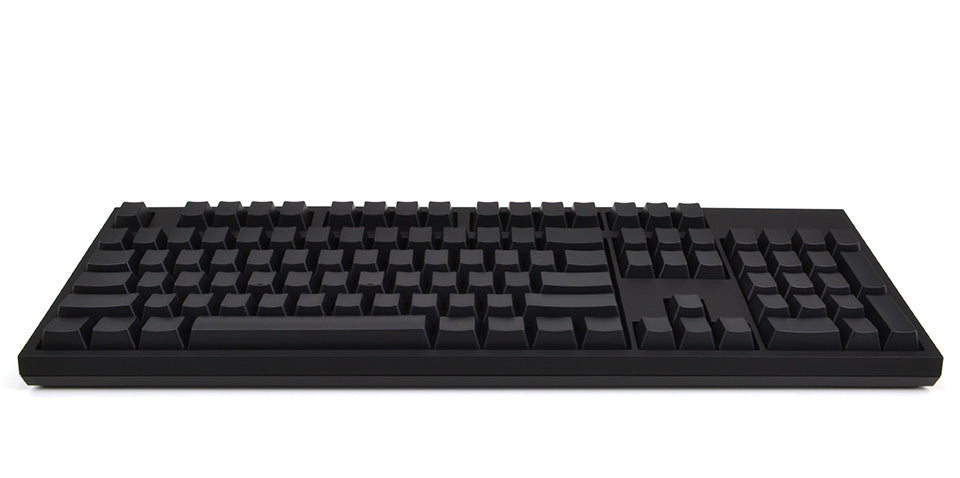The modern workplace has become more challenging. To thrive and succeed in such an environment, workers need workplace ergonomics. Read on to level up your profitability.
Businesses give their workers quotas, goals, and benchmarks to measure success. To achieve that desired level of success, the physical, mental, and psychological demands in such a competitive environment need to be addressed. After all, workers are still human. As human beings, they have capabilities and limitations.
This is where ergonomics comes in. An ergonomic workplace creates an environment of comfort, safety, and good health that benefits workers and the business. But what is ergonomics? Let’s find out the nature of this technical and scientific application of engineering in this article.
Principles of Ergonomics
Ergonomics is a branch of science and technology that focuses on the application of human physiological or psychological principles in the designing, engineering, and manufacturing of products, processes, and systems. In other words, ergonomics is about the creation of products, processes, and systems for the human body, bringing into account the optimization and limitations of human movement and abilities.
The goal is to create ergonomic output that reduces human error, improves safety, and minimizes risk or harm. At the same time, such output helps increase a worker’s productivity, enhance safety, and improve comfort.
Ergonomists utilize methodologies, information, and principles of several disciplines:
- Anthropometry: the science, research, and study of the proportions and measurements of the human body
- Biomechanics: the science, research, and study of the movement, structure, and function of the human body
- Environmental physics: the science, research, and study that focuses on how environmental factors affect biological and physical processes
- Applied psychology: the utilization and application of psychological methods, principles, and data to solve practical problems of human behavior
- Social psychology: the scientific study of how a person’s behavior is influenced by the behavior of others
Nowadays, science and technology advances rapidly. Work and play environments are becoming more challenging and competitive. Ergonomic engineering, therefore, also need to advance to ensure that we get the right tools for work, play, and rest that are designed for the human body’s needs.
Benefits of Workplace Ergonomics
It’s surprising to know how the workplace can hurt workers. Modern research shows that lower back pain, hand or wrist injuries like carpal tunnel syndrome, and other repetitive stress injuries are the most common ailments in the workplace. These negatively affect workers’ health and well-being. Additionally, the loss of productivity, efficiency and income from work-related injuries can cost the company thousands of dollars.
However, incorporating ergonomics in the workplace can alleviate these risks by creating workplaces that are comfortable, safe, and productive. Using ergonomic products, systems, and processes, the workplace enjoys the following benefits.
- increased efficiency and productivity
- increased morale and work satisfaction
- reduced stress, exhaustion, and absenteeism
- safer workplace
- increased company savings
- fewer worker compensation claims
Tips on Having an Ergonomic Workplace
If you want to have improvements in the workplace, you can start investing in ergonomically designed products. Here are some suggestions.
- Convert desk corners into usable space. This allows you to clear up clutter and distractions in your workspace. The Workrite Corner Triangle is an ideal product for expanding your works space.

-
Adjust your keyboard position so that your hands, wrists, forearms, and shoulders are in a neutral and relaxed position. Since most office desks are designed in a way that prevents you from achieving such a position, you need to adjust your keyboard. Products such as the SpaceCo Scissor Lift Keyboard Platform allow you to raise, lower, or tilt your keyboard so you can work in a relaxed and healthy position whether you’re sitting or standing.

A sliding keyboard tray such as the Workrite Banana Board Keyboard Tray is also ideal to allow you to type comfortably. Keyboard trays can also save space because they can be slid or stowed under your work desk.
-
CPUs that are placed on the table take up space, are eyesores, and can cause entangled cables. These hinder work efficiency and can even pose a hazard.
Fortunately, you can improve workplace ergonomics with an under-desk mount such as the Humanscale CPU600 CPU Holder. Putting the CPU out of the way increases your desk space, reduces clutter, and protects the CPU from getting bumped.
-
Since you will be sitting down most of the time when you use your computer, your chair should provide sufficient lumbar, shoulder, and neck support. Ergonomic office chairs like the Eurotech Apollo High-Back are designed to give you that support and lessen stress on your knees, legs, back, and upper torso. Ergonomic chairs are also adjustable, so you can adapt the chair to your own body.

Conclusion
Having an ergonomically designed workplace goes a long way when it comes to the health, safety, comfort, efficiency, and morale of your workers. We hope this article will give you an insight into the importance and benefits of including ergonomics in your business.










